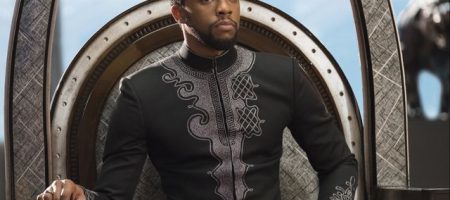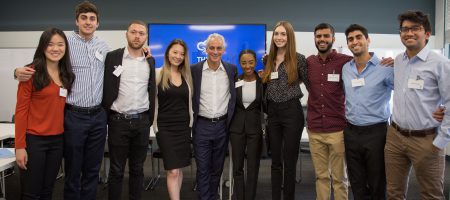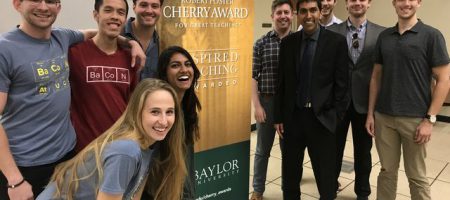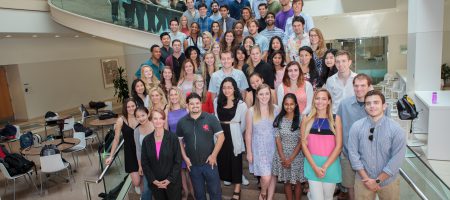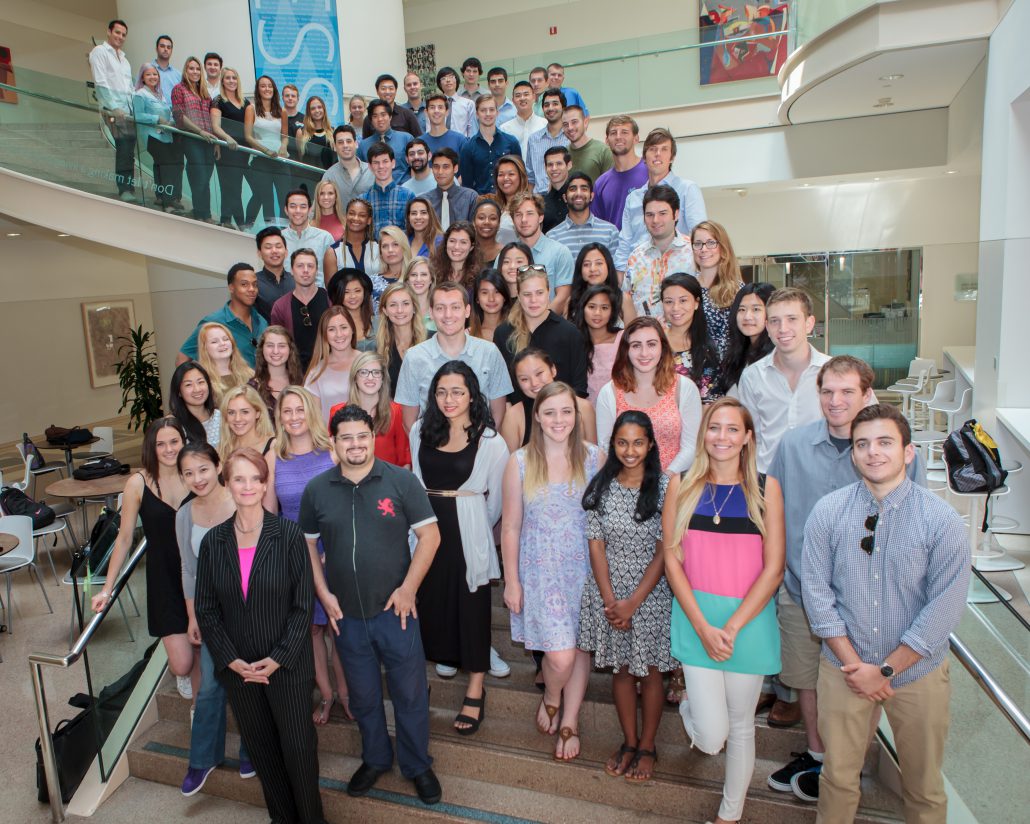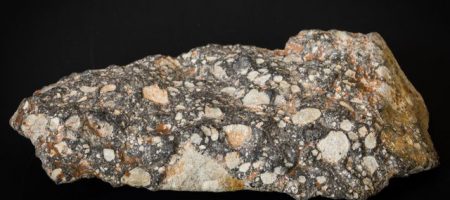In a roundtable discussion with UCLA students and Chicago entrepreneurs at Startup UCLA on Feb. 12, Chicago Mayor Rahm Emanuel was adamant that despite all his career accomplishments, it is his failures, not his successes, that continue to teach him his biggest lessons.
For the students in the room, it was exactly what they needed to hear.
“Being young it’s always great to hear advice from someone who’s achieved great success in his career about how we can do that for ourselves,” said fourth-year statistics major Parker Mansfield. “[And to hear about] the mindset we should have while trying to do that and what we should look for on our journey to success.”
Emanuel served in the White House during the Obama and Clinton administrations as chief of staff and senior a dvisor to the president for policy and strategy, respectively, and was a three-term U.S. Representative for Illinois’s 5th congressional district. He has served as mayor of the city of Chicago since 2011.
The roundtable was part of Emanuel’s daylong visit to UCLA, which included delivering the keynote address for the 2018 UCLA College Luskin Lecture for Thought Leadership at UCLA Royce Hall.
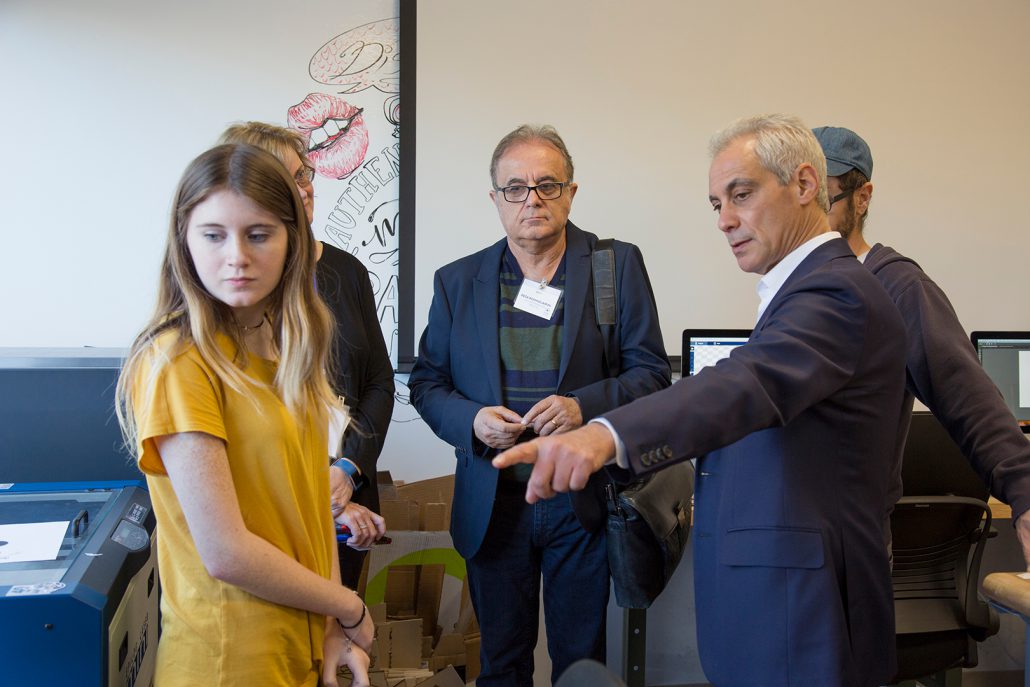
Mayor Emanuel visited students in the Maker Space to hear more about their opportunities to experiment with new technologies.
In the afternoon before the lecture, Emanuel visited Startup UCLA with a delegation of Chicago-based technology leaders as part of the Think Chicago Roadshow, Emanuel’s and World Business Chicago’s initiative to visit universities across the country to attract the next generation of tech leaders to the city.
The group toured the Maker Space in Rieber Hall, where students can use 3D printers, laser cutters, software and other tools to create their own projects, and had a peek at the Design & Innovation Living Learning Community in Sproul Hall, which cultivates students’ passions and pursuits around technology, innovation and the entrepreneurial spirit.
Emanuel and the entrepreneurs then sat down with seven undergraduate and two graduate students who had been invited because of their various interests in entrepreneurship. Emanuel discussed efforts to foster a culture of innovation and business leadership in Chicago, and he and the delegation shared their advice for finding success in the entrepreneurial world.
Emanuel shared his vision for Chicago as a city that welcomes and supports business leaders and innovators of all kinds, not just major corporations. He outlined the initiatives he has implemented in order to position Chicago as a hub of innovation, education and business, demonstrating that public policy and entrepreneurship can complement each other and allow both companies and communities to thrive together.
Second-year mechanical engineering major Nikhil Pawar noted that while he has met several technology leaders before, this was the first time he’d had the chance to hear directly from a leader in public service.
“Hearing about the social space, which is something I’m trying to marry into my work, was incredibly useful,” Pawar said.
Anshul Aggarwal, a third-year computer science major, asked Emanuel for his advice on risk management: How does he determine whether an investment of time, money, energy or resources is worthwhile?
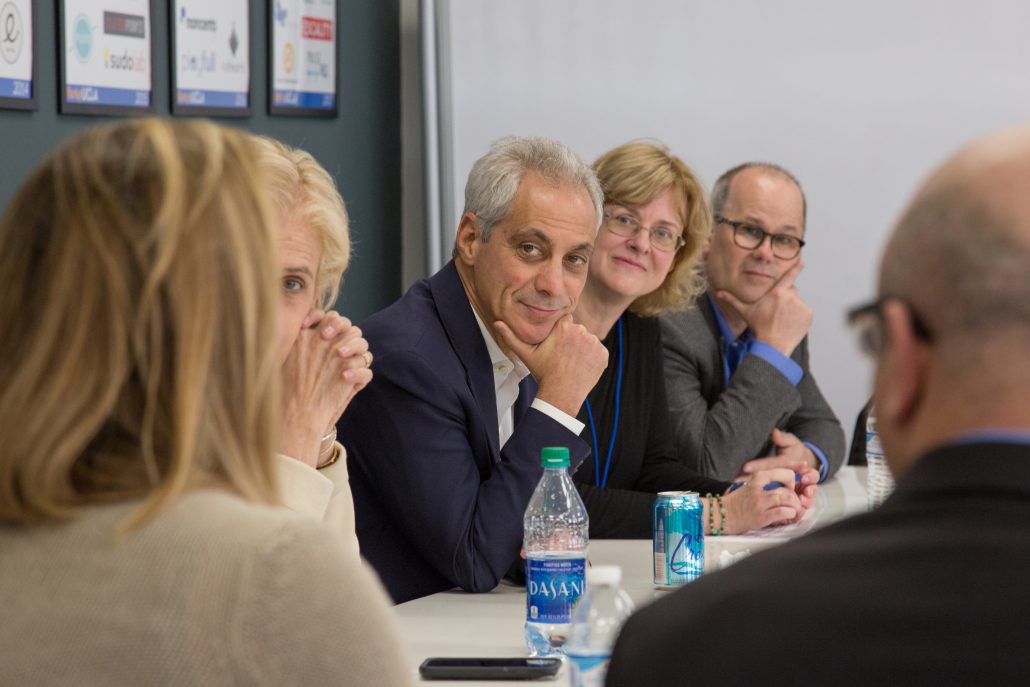
Chicago business and innovation leaders joined the mayor to share key career insights with students.
“You have to evaluate what I call the pain/pleasure principle,” Emanuel said. “How much political pain is it going to take to get this and at the end of the day, is it worth it? You’ve got to decide what’s really important and worth taking a swing at and, sometimes you’re going to let other ones just go by.”
Aggarwal said Emanuel’s insights would stay with him for a long time since he sometimes struggles to decide whether a new project is worth taking on.
But Emanuel struck the biggest nerve when he encouraged the students not to be afraid to try something new and to embrace failures as necessary for success. He pointed to two low points in his life—when he nearly died as a teenager and when he was briefly fired from the Clinton administration—as the events that taught him more about his capabilities than any other achievement in his life.
“If you haven’t failed yet, you haven’t succeeded yet,” Emanuel said. “It is better to try and fail than to resent that you never tried.”
Frances Lai, a third-year cognitive sciences major, said Emanuel’s words reassured her that she’s still young and has a lot of time to do something with her life.
Having the opportunity to meet Emanuel and listen to his insights in such an intimate setting “means the world,” Aggarwal said.
“I’m the type of person who learns best finding out what other people have done, seeing what worked for them and applying it,” he said. “[Emanuel and the delegation’s] experiences are something we’re eventually going to go through as well and it’s exciting to be able to see the kinds of things they’ve done and see if we can take that into our lives as well.”
Startup UCLA Executive Director Deanna Evans hopes the students will be inspired by the once-in-a-lifetime experience of participating in a roundtable with Emanuel and the Chicago entrepreneurs.
“The advice he gave them may affirm their current career aspirations or set them on an entirely new course, possibly moving to Chicago to start their career,” Evans said. “I look forward to talking with these students in the future to see how this experience shaped their career journey.”


